The client delivers a scalable cloud platform to over 400,000 customers, streamlining cloud migration and workload deployment across hybrid and multi-cloud environments. This platform enables efficient management of virtual machines (VMs) and containers on-premises or on major cloud providers like AWS and Azure, leveraging a unified infrastructure approach.
This solution empowers seamless application scalability and migration, eliminating the necessity for redesign and ensuring business agility and digital transformation readiness.
The main challenge in evolving the client’s cloud infrastructure on AWS was implementing new features and updates within a high-availability, 24/7 operational environment.
Our approach included a detailed execution plan, rigorous compliance testing, and carefully scheduled updates to maintain high service reliability. Moreover, we coordinated closely with various teams to ensure these updates supported the client's strategic objectives, emphasizing a cost-effective multi-cloud strategy and enhancing our high-performance computing (HPC) framework.
In response to the challenges identified during the development of the client’s cloud infrastructure, we implemented targeted solutions to enhance system security, simplify operations, and improve scalability across the board.
- Enhanced Security Measures
Advanced Kubernetes-based service authentication from basic user and secret keys to sophisticated role-based access control (RBAC), aligning with compliance standards. This approach, documented in our repository, enables Amazon to authenticate trusted roles efficiently, significantly enhancing security while simplifying service connections and eliminating the need for complex coding or frequent key rotations.
- Automation of Kubernetes Settings
Streamlined Kubernetes configurations for all AWS regions using Amazon's infrastructure, automating deployments to reduce manual effort and errors. It allowed our team to focus on strategic projects, simplify maintenance, and achieve a secure, scalable multi-region architecture.
- CI/CD Pipeline Integration
Integrating CI/CD pipelines with Jenkins and Concourse, we achieved a seamless AWS cloud setup, enabling 63% faster deployment of new compute resources. This automation across development, deployment, and testing streamlined workflows, ensuring our codebase was always deployment-ready, significantly boosting efficiency for HPC tasks.
The upgrades to the client's infrastructure significantly improved their operations, enhancing the reliability and security of their services. Through the strategic implementation of CI/CD pipelines, we optimized development workflows and made infrastructure management more flexible and efficient:
Created IaC infrastructure
Using Terraform, we adopted an IaC approach to automate the setup and ongoing management of our cloud infrastructure. This method ensured precise, scalable, and error-free environments for secure and consistent deployment stages and reduced configuration and migration times by 52%. Terraform's agility facilitated rapid scaling and adjustments, optimizing the infrastructure's total cost of ownership (TCO) by 50% as well.
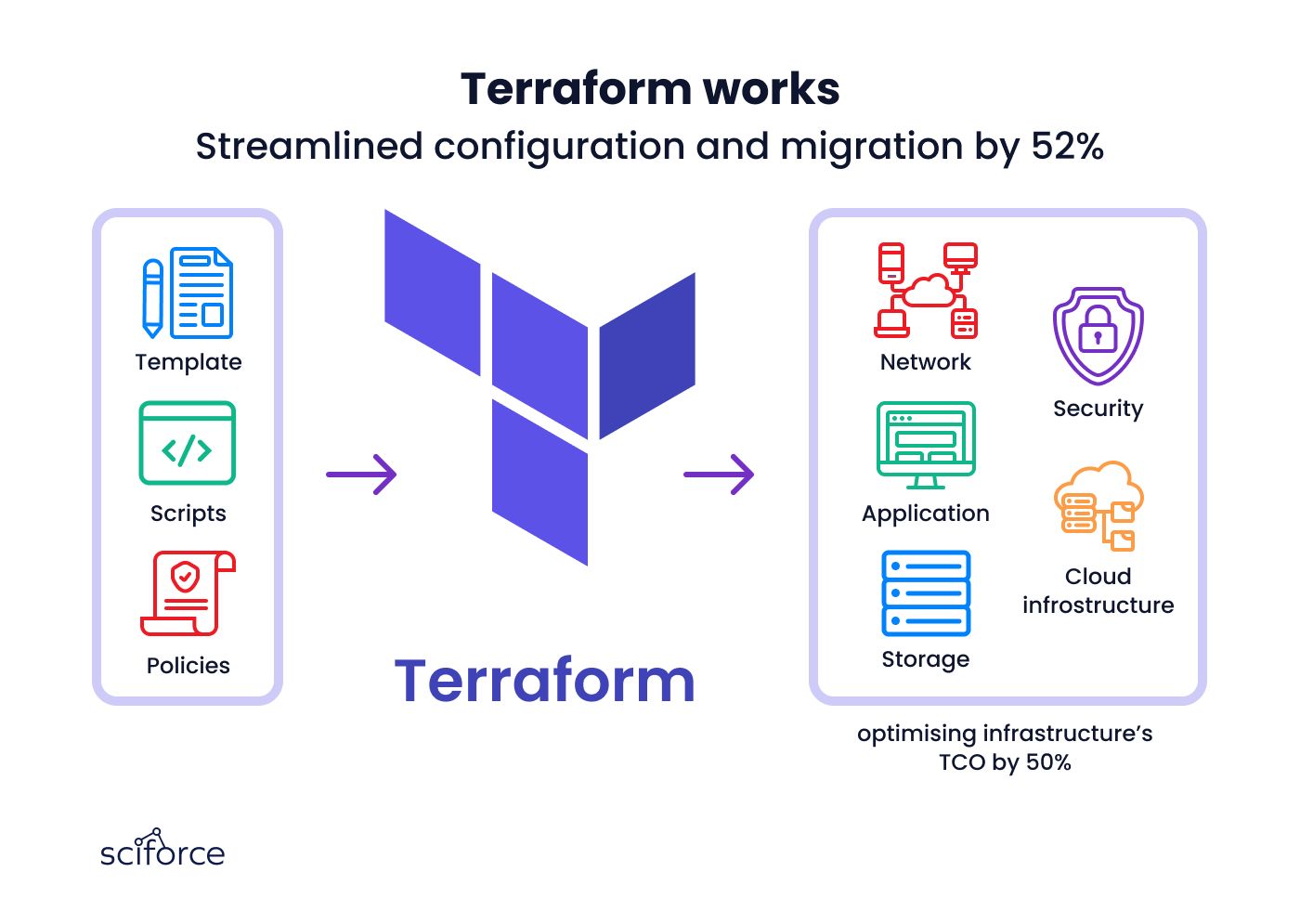
Enhanced CI/CD Pipelines
We began with Jenkins for our CI/CD pipelines, streamlining deployment by 63% and maintaining production readiness. Transitioning to Concourse addressed our support challenges and improved our integration and workflow efficiency, significantly enhancing our DevOps practices and supporting HPC environments.
Streamlined Base Service Deployment with IaC
We used Infrastructure as Code (IaC) to automate the deployment and management of essential AWS services like Amazon RDS, RabbitMQ, and Zookeeper. This strategy achieved a 95% reduction in unplanned downtime and accelerated the deployment of new compute resources by 63%.
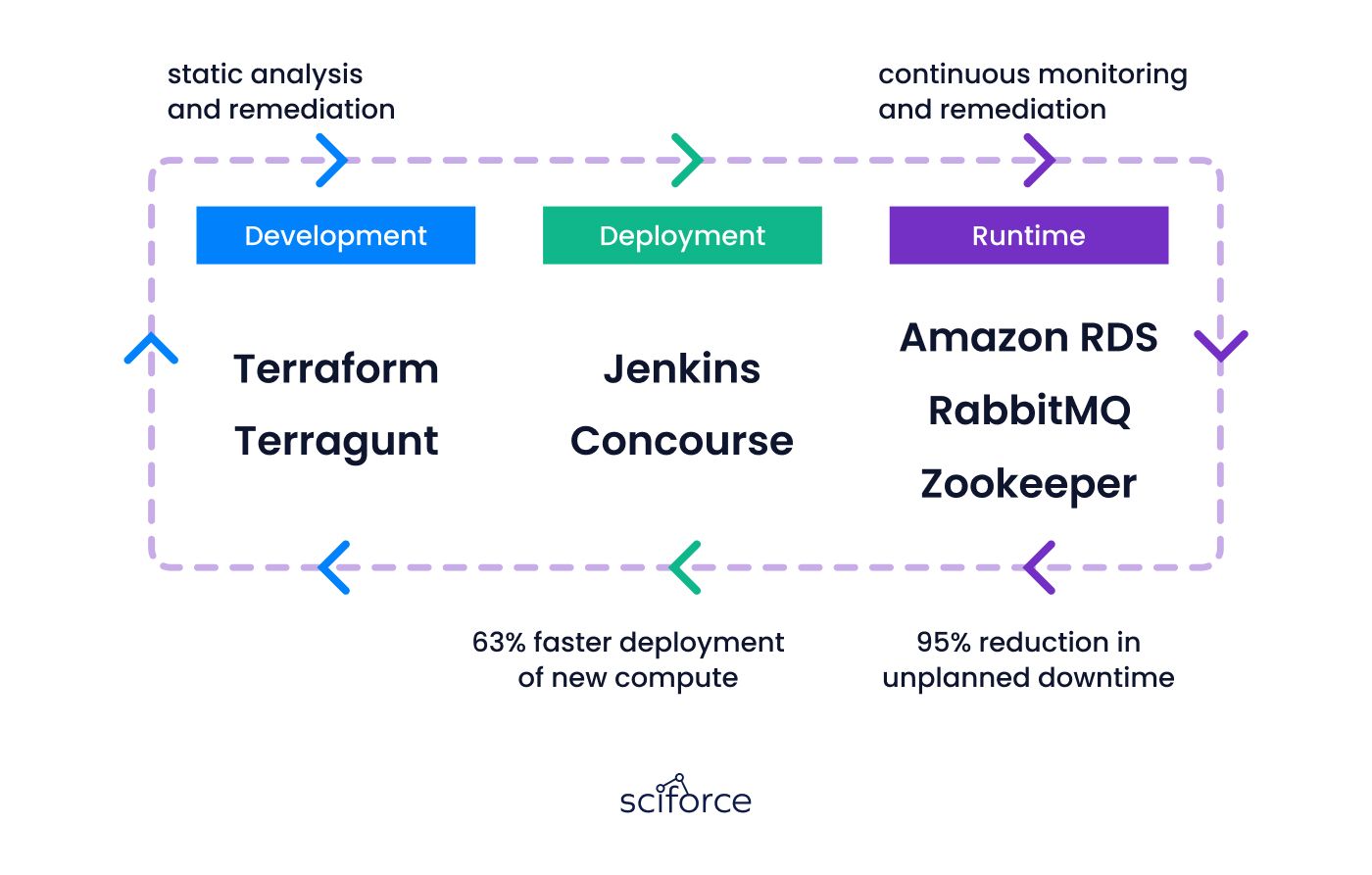
Configured Kubernetes Orchestration
In our project segment, we tailored Kubernetes clusters and settings, including namespaces and roles, to meet the demands of sophisticated applications and services. This customization automated the management and scaling of our containerized applications, enabling them to adapt effortlessly to fluctuating demands and ensuring seamless multi-cloud operability.
Implemented Monitoring & Alerts System
As part of a larger team, we used Wavefront for comprehensive monitoring, setting up custom alerts and metrics for our infrastructure and services. Deploying specific exporters, we integrated critical data into Wavefront’s database, monitoring KPIs and ensuring our infrastructure’s reliability and smooth functionality. This monitoring was crucial for maintaining system health and aligning with best practices for cloud-native application management.
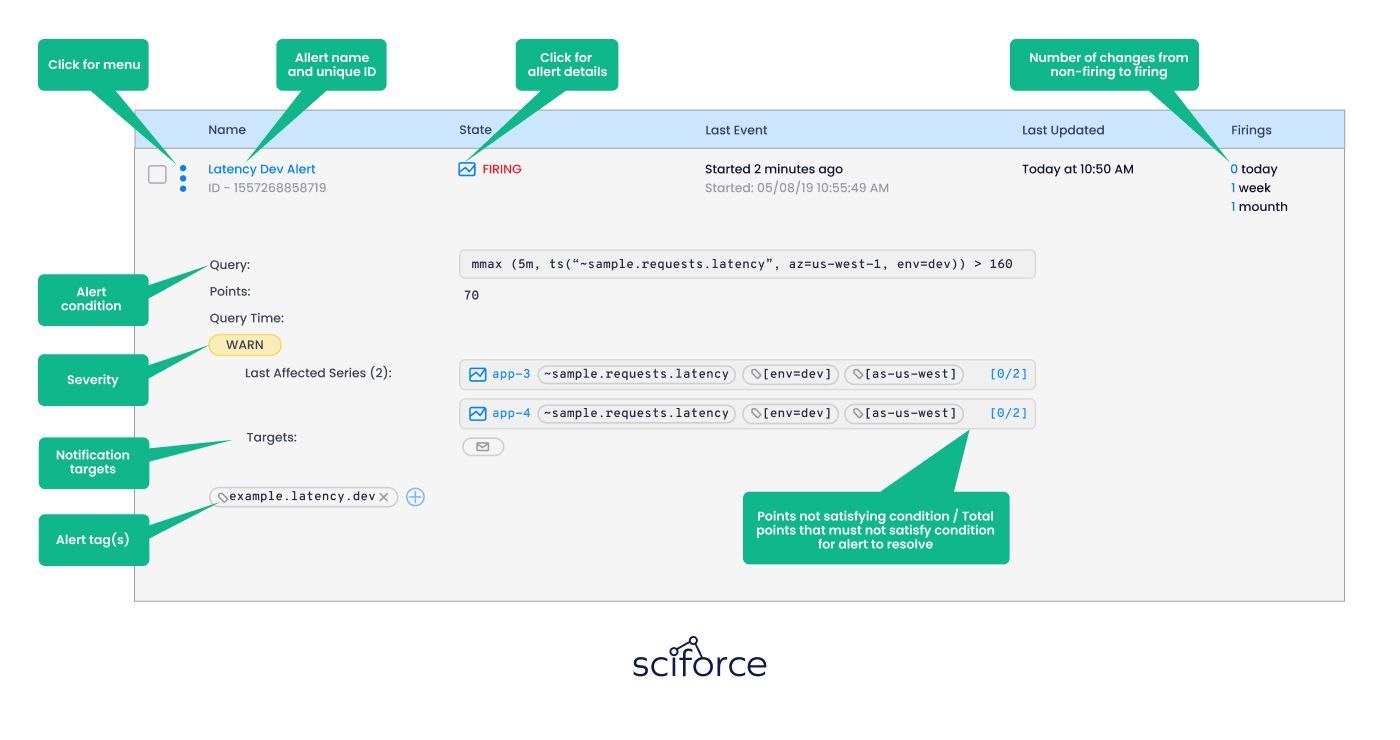
Technology Migration and Introduction
By adopting newer versions of Terraform and Kubernetes, along with Terragrunt, we significantly improved the platform's capability, streamlining the work of development teams on the client’s cloud infrastructure by 30%. Making sure these new tools worked well with our existing systems was crucial for keeping our services running smoothly 24/7.
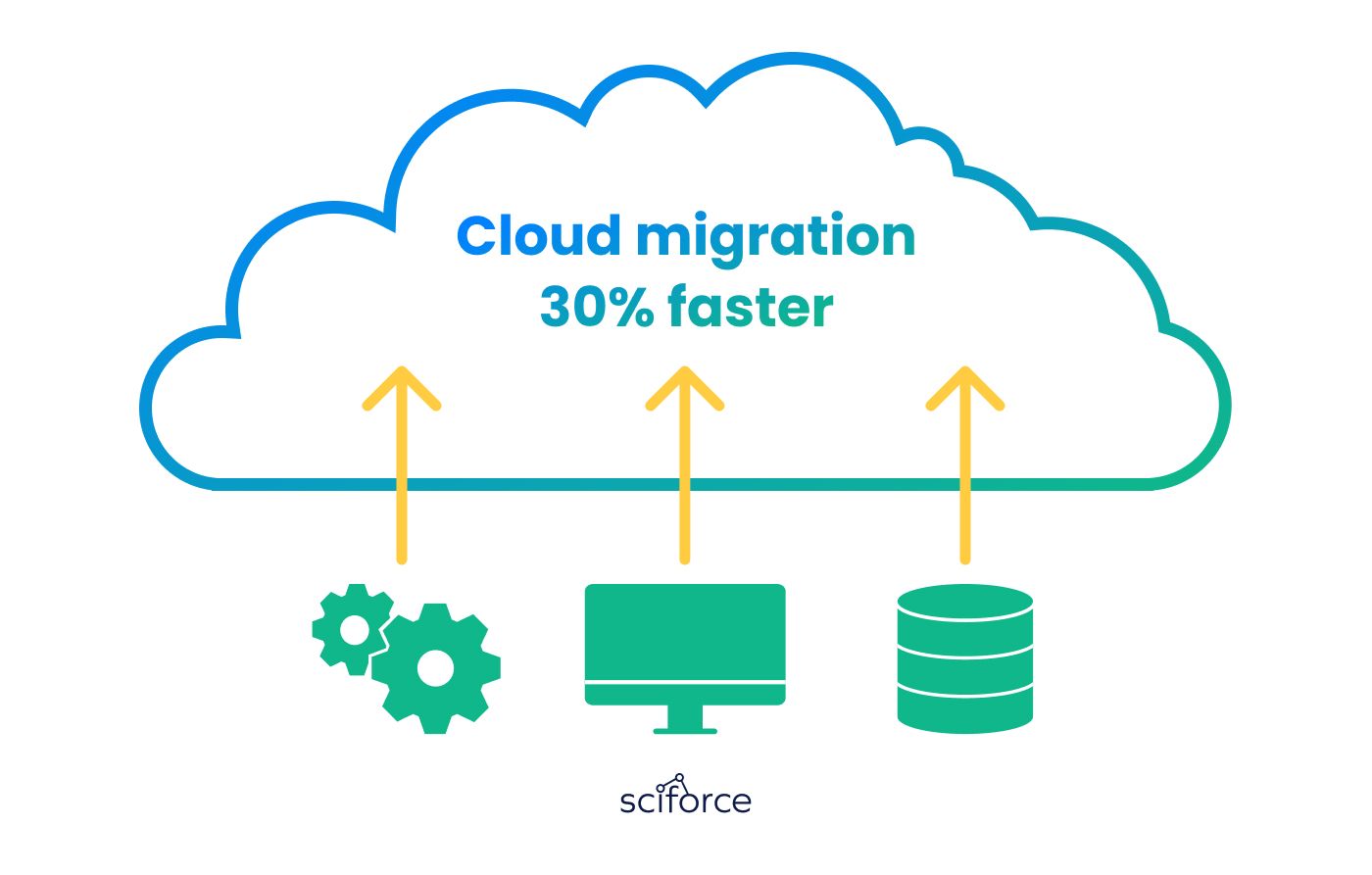
Infrastructure Expansion
Expanding to new regions required careful planning to handle legal, technical, and strategic challenges. This growth was essential for the client's business and included making sure we complied with local data laws, enhancing our ability to operate across multiple clouds, and respecting data sovereignty.
CI/CD Framework Transition
We transitioned to an advanced CI/CD framework, enhancing development workflows, ensuring consistent deployments, and speeding up releases. This move involved customizing a new framework, thorough testing, and team training. Aligned with DevOps best practices, this strategy helped us to achieve a 34% increase in development productivity and a 32% improvement in IT infrastructure operations.
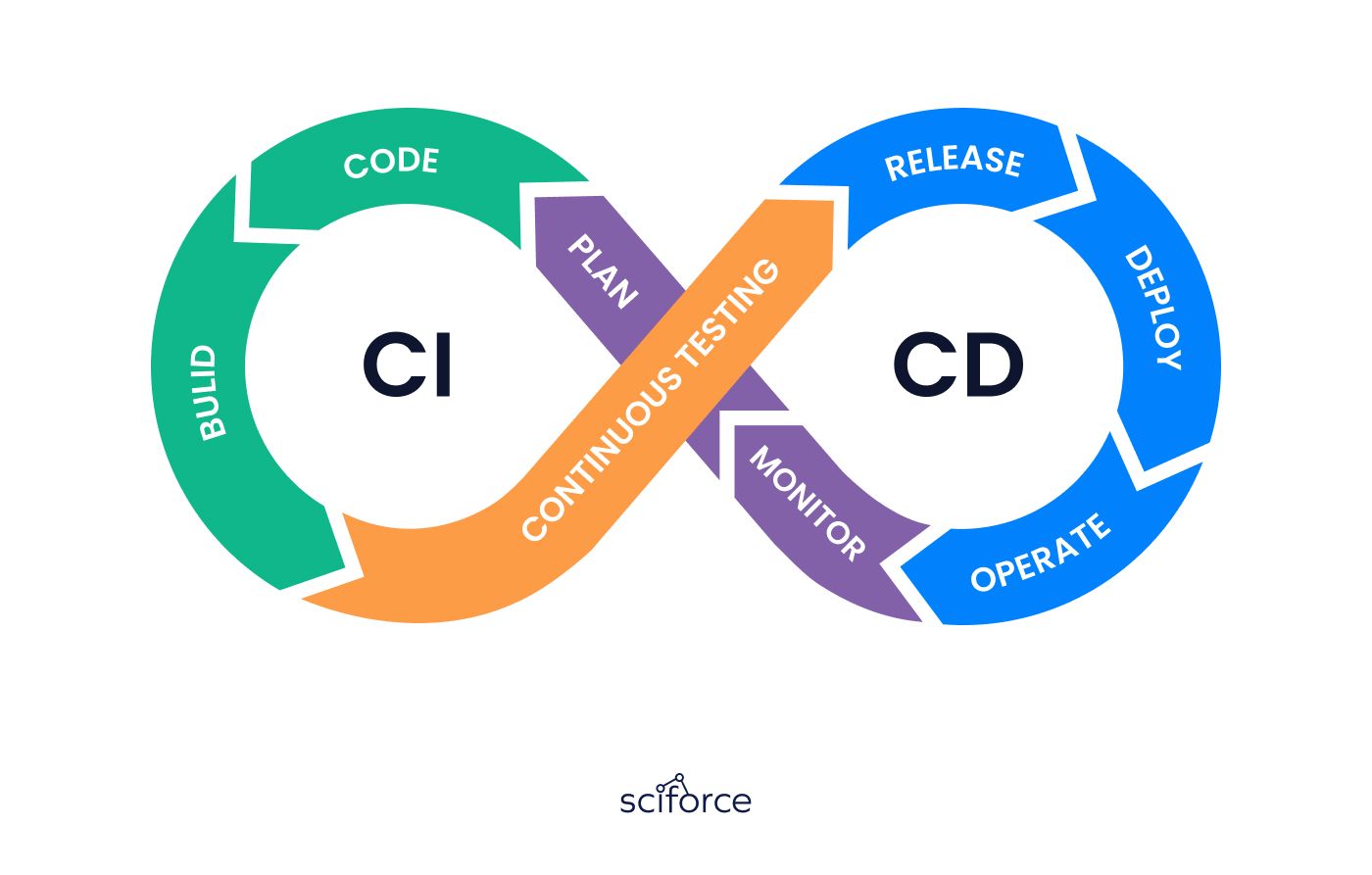
We specifically improved components to achieve PCI-DSS compliance, ensuring the client's infrastructure met this and other key standards, including ISO, HIPAA, OSPAR, and IRAP, reinforcing our commitment to comprehensive security and compliance.